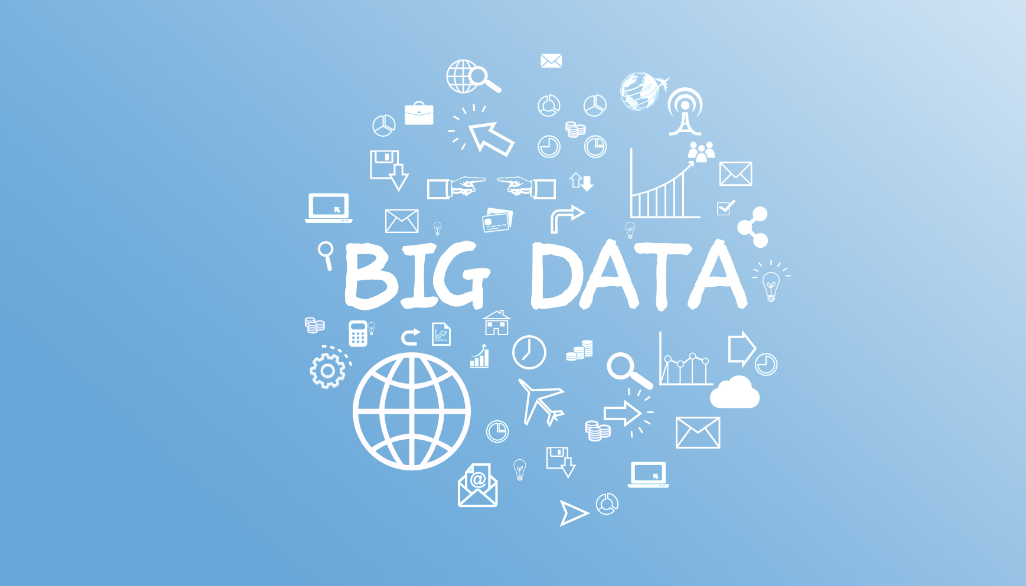Data orchestration: Performance is key to enabling a global data environment

Effectively managing high-performance workloads requires equally high-performance infrastructure. Unfortunately, typical data management point solutions often used to connect disparate silos do not scale to the levels required for high-performance computing (HPC).
Rather than effectively bridging these gaps, these solutions become obstacles that unnecessarily complicate user workflows. These bottlenecks strain IT resources and budgets in different areas, including HPC parallel file systems, enterprise NAS, and global namespaces. In the past, these technologies operated independently, siling data and making merging, retrieval, and transfer challenging.
Often, IT architectures that support fast processing and diverse data sets from disparate storage silos require trade-offs. Today, unstructured data orchestration brings together disparate data sets and data technologies from multiple vendor storage silos, geographies, and global data utilization without compromising performance or security.

Seamless integration
Unstructured data orchestration is a key technology solution necessary to seamlessly integrate data sets and data technologies from disparate vendor storage silos, geographies and geographies. This integration enables uninterrupted and secure global data utilization while maintaining optimal performance.
The recent demand for data analytics applications and artificial intelligence capabilities has significantly increased data utilization across multiple locations and organizations. Data orchestration automatically aggregates siled data from numerous data storage systems and locations into a single namespace and high-performance file system. This process allows for efficient placement of data at the edge, data center, or cloud service that best suits the workload.
The traditional 1:1 link between data and its source application or original computing environment has evolved. Data must now be leveraged, analyzed, and repurposed to support various AI models and different workloads in collaborative remote environments.
Data orchestration technology facilitates data access for various underlying models, remote applications, distributed computing clusters, and remote workers. This automation improves the efficiency of data-driven development initiatives, insights gained from data analysis, and the enterprise's business decision-making process.
Fine-tuning data services
Enabling IT teams to take full advantage of the performance of any server, storage system and network around the world is critical. This approach allows organizations to seamlessly store, protect, and operate data, automatically relocate data based on policy or need, easily access compute resources, leverage cost-effective infrastructure, and enable distributed teams to access files locally. This approach creates a unified, fast and efficient global data environment for every workflow step, from initial creation to processing, collaboration and archiving across edge devices, data centers and private and public clouds.
Enterprise data services can now be globally controlled at a file granular level across all storage types and locations for governance, security, data protection and compliance. In addition to accessing data stored in remote locations, applications and AI models can use automated orchestration tools to provide high-performance local access for processing when necessary, and organizations can expand their talent pool by reaching team members around the world.
Benefits of data orchestration
Data orchestration makes data available to distributed computer clusters, applications, and remote workers to automate and simplify data-driven development plans, data insights, and business decisions. It provides many benefits, including:
- Data access to applications and users is uninterrupted when moving data across hybrid, distributed or multi-vendor storage environments.
- Non-disruptive data movement never requires updating applications or user data connections.
- Data placement is automated using goal-based policies that place data where it is needed, when it is needed.
- By effectively managing data, individuals, systems and organizations can access and use it more broadly, leveraging more processing power and brain power, ultimately accelerating the derivation of value from the data. Additionally, every instance of leveraging data accelerates its impact and generates additional valuable data.
Insights from data analysis can inform future data collection and analysis, creating an ongoing cycle of new data generation. By orchestrating data flows and ensuring new data is captured and saved correctly, organizations can amplify this feedback loop and gain further important insights from existing data. This process can bring potential new revenue streams to the organization and increase operational efficiency.
It’s time for enterprises to stop fighting against siled, distributed and inefficient data environments. By automating data orchestration, businesses can achieve more.